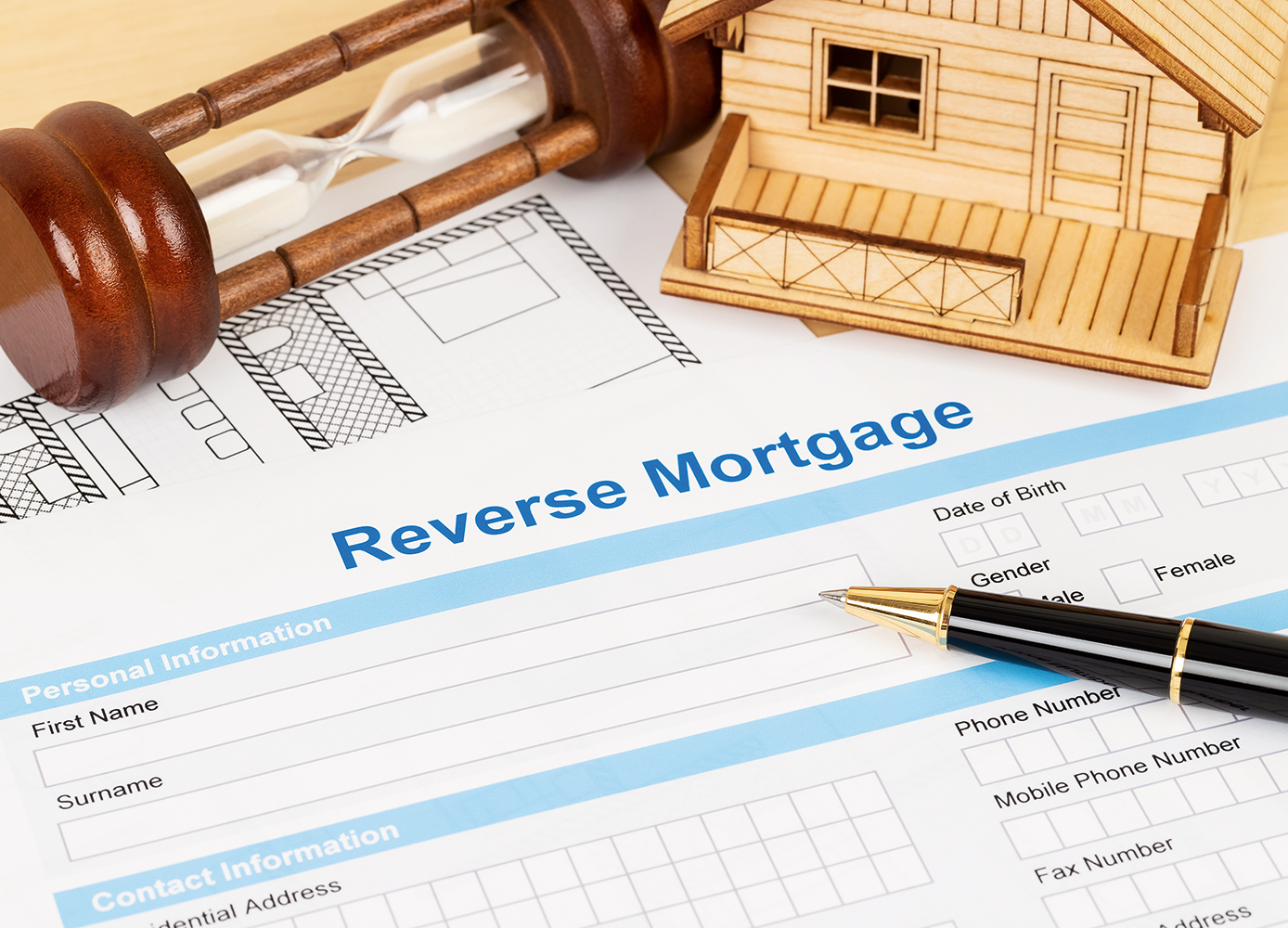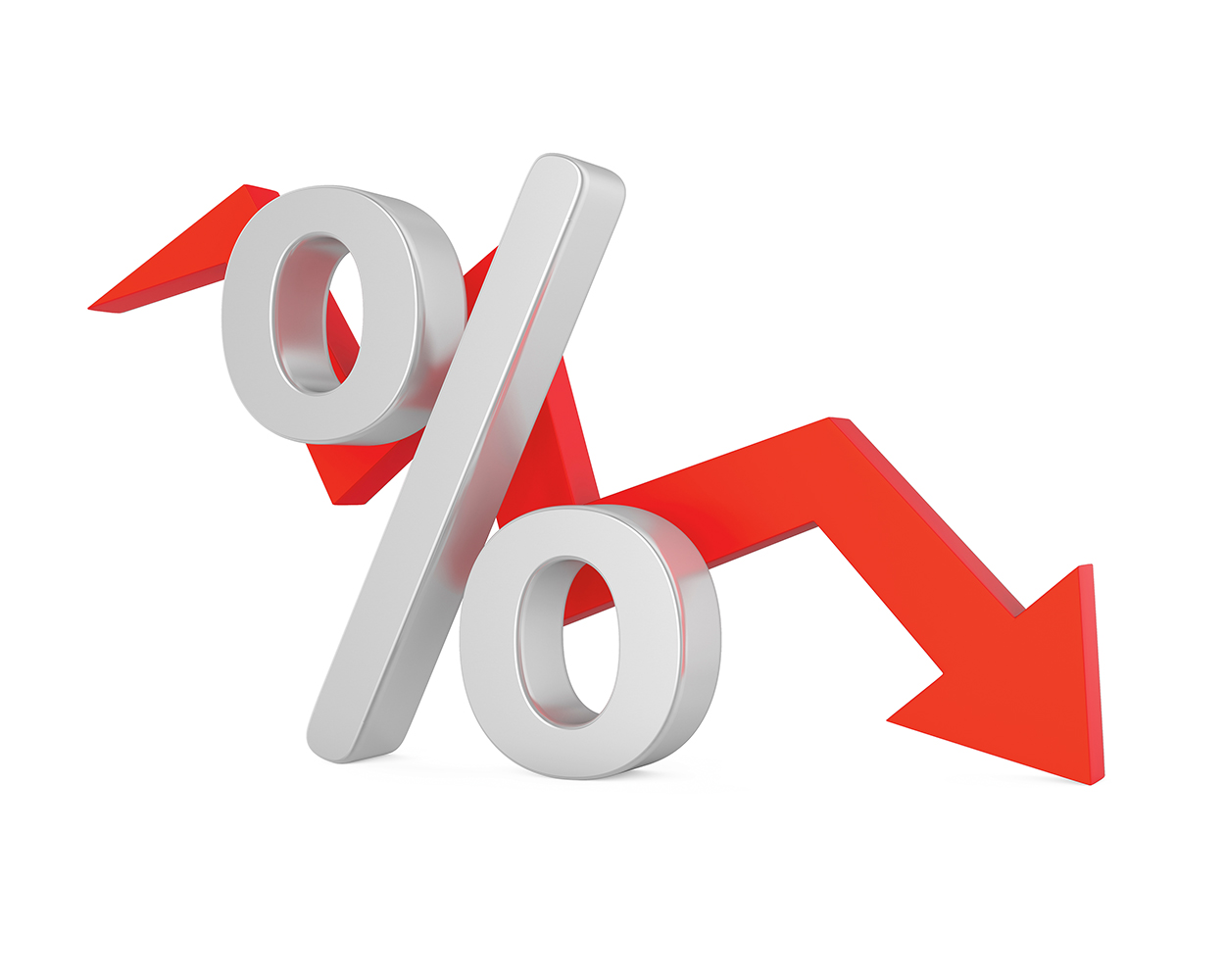It’s important to know the true costs involved
A popular regular feature in Good Times magazine is “Your Questions,” where Olev Edur provides answers to questions from our readers regarding their rights, personal finance, and estate planning. Here’s one on reverse mortgages.
Q.We’ve been thinking lately that it’s now or never for fulfilling our bucket list, doing all the travel and other stuff that we’ve always dreamt about. The problem, of course, is money—even with that RRIF income. we can’t afford much in the way of fun unless we sell the house. We’re not 100 per cent against the idea but would rather not, so we’ve been looking at the possibility of taking out a reverse mortgage; we could get all the cash we want, and we wouldn’t have to sell the house. We wouldn’t even need to make monthly payments to float the loan. It seems like a good solution, but what are the downsides of reverse mortgages?
A. The one big downside of reverse mortgages is the cost. The interest rate charged on the money you borrow can be substantially higher than would be the rate charged on a normal mortgage or even a home equity line of credit (HELOC). At press time, a sampling of five-year mortgage variable rates posted by ratehub.ca (an online financial comparison platform) ranged from 2.05 to 2.35 per cent, depending on institution; five-year variable-rate HELOCs ranged from 2.35 to 3.45 per cent. By comparison, HomeEquity Bank’s Canadian Home Income Plan (CHIP) Max variable rate reverse mortgage was 5.99 per cent, while Equitable Bank’s five-year adjustable rate reverse mortgage cost 4.99 per cent.
In addition, the upfront costs of a reverse mortgage are higher than for a HELOC (but comparable to the costs of a mortgage). As for not having to make monthly payments, that is an illusory benefit that merely serves to boost the growth rate of your indebtedness. You can achieve the same result by simply setting aside enough money from a HELOC or mortgage to cover these payments.
Because reverse mortgage debt compounds at a high rate, over the long term, it can become unexpectedly large, so if you’re planning to leave something for the kids, reverse mortgages can be a bad idea. Similarly, if you want to use your house value to eventually pay for nursing home care, a reverse mortgage can be risky.
Unfortunately, you may not have a realistic alternative if the banks don’t help you. Financial institutions are often reluctant to extend mortgages and credit lines, even home-secured ones, to retirees because of their limited income prospects; if extended at all, the loan may be at an interest rate as high as the reverse mortgage’s.
One other option might be to take the necessary extra funds from your RRIFs, although this could give rise to some pretty big tax bills, making the arrangement every bit as costly as a reverse mortgage, if not more so, over the long term. It’s worth noting, however, that reverse mortgage sales data shows the majority of buyers use the plans not as a long-term financial arrangement, but more as bridge financing. Just like you, they want some cash now but don’t want to sell their homes, at least not yet.
Typically, a reverse mortgage might be held for five years—the term of many reverse mortgage plans—and this is a period short enough that annual compounding, while still substantial, doesn’t become an enormous added cost. Compounded annually, for example, a 5.8 per cent $100,000 reverse mortgage debt would grow to $132,500 after five years and to $175,000 after 10 years; after 20 years, it would have ballooned to almost $310,000.
It will be up to you to decide if and when you want to sell the home, but if inheritances or nursing care aren’t major concerns, you can’t get a HELOC or mortgage from the bank, and you are amenable to selling the house down the road, a reverse mortgage could enable you to fulfill your bucket list over the next few years, while you’re fit and able, without it becoming an excessive drain on your net worth when you sell. Just bear in mind that the longer you go with this mortgage, the deeper the hole you’ll be digging.
Photo: iStock/Casper1774Studio.





